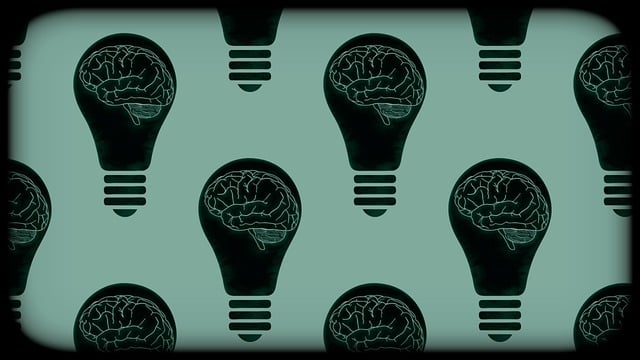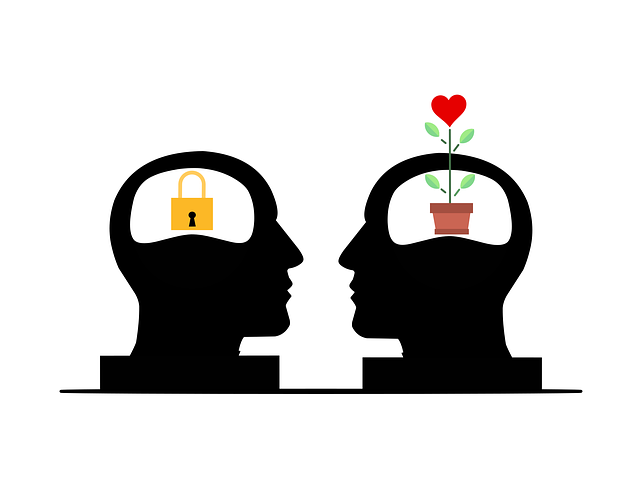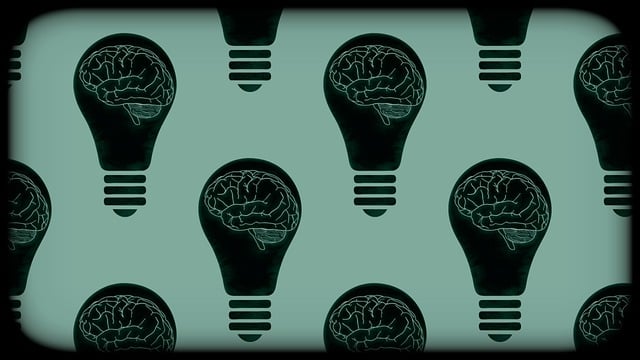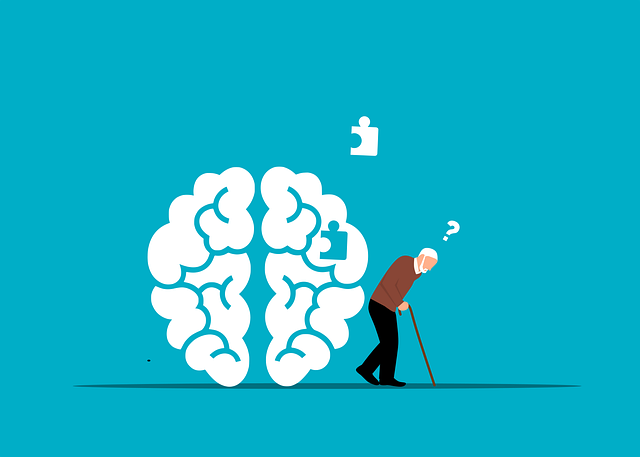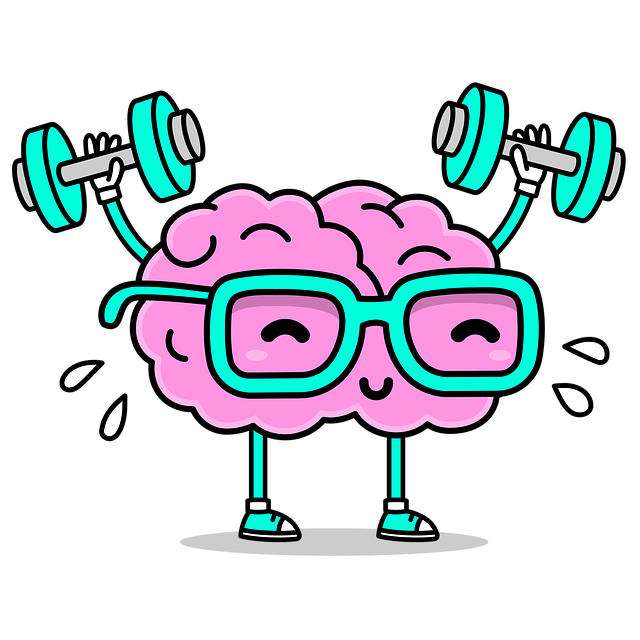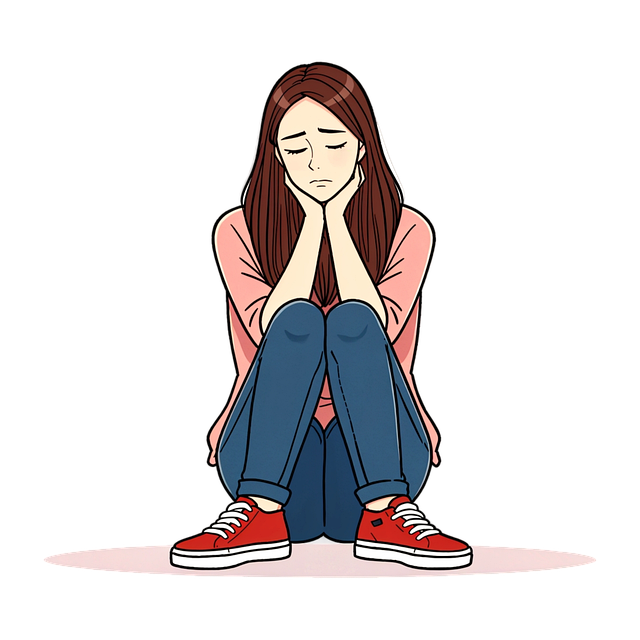In today's digital age, mental wellness apps offer accessible solutions for growing anxiety, depression, and suicide prevention concerns. These apps, powered by features like mood tracking and mindfulness exercises, enhance self-care. Integrating evidence-based therapies and community support, they reduce stigma and empower users with proactive well-being management tools. A thoughtful UX design approach ensures inclusivity for diverse users, while effective marketing strategies promote the app's unique offerings alongside Greenwood Village Suicide Prevention Therapy services.
In today’s fast-paced world, mental wellness apps have emerged as powerful tools for supporting individuals’ emotional well-being. With a growing demand for accessible and discrete solutions, developing intuitive digital platforms can bridge the gap in healthcare access. This article explores the development of mental wellness apps, from identifying the need—such as Greenwood Village Suicide Prevention Therapy—to designing user-centric experiences and integrating evidence-based practices. We’ll also discuss marketing strategies to ensure successful app launch and ongoing support for users’ long-term mental health journeys.
- Understanding the Need for Mental Wellness Apps
- Key Features and Functionality in App Development
- Integrating Evidence-Based Therapies and Interventions
- User Experience Design and Accessibility Considerations
- Marketing, Launch, and Post-Release Support Strategies
Understanding the Need for Mental Wellness Apps

In today’s fast-paced world, mental wellness is a growing concern, with an increasing number of individuals seeking support outside traditional therapy settings. Greenwood Village Suicide Prevention Therapy highlights the pressing need for accessible and innovative solutions to address rising anxiety, depression, and other mental health challenges. Mental wellness apps emerge as a powerful tool to bridge this gap, offering personalized and convenient resources tailored to individual needs.
These apps provide a range of features, from tracking mood and emotions to delivering guided meditations and cognitive-behavioral techniques, all aimed at improving self-esteem, boosting confidence, and reducing stress. By leveraging technology, they make self-care more engaging and effective, ensuring that users can access support whenever and wherever needed. This digital approach is particularly beneficial for those who may face barriers to accessing traditional therapy, emphasizing the importance of integrating mental wellness into everyday life through user-friendly and accessible apps.
Key Features and Functionality in App Development

In the development of a mental wellness app, key features should prioritize user engagement and accessibility. Incorporate personalized dashboards that allow users to track their mood, anxiety levels, and sleep patterns over time, offering insights into their mental health trends. Interactive tools such as mood journals, mindfulness exercises, and self-care reminders can empower users to actively manage their well-being. Additionally, integrating live chat or counseling sessions with licensed therapists from Greenwood Village Suicide Prevention Therapy can provide immediate support for severe cases, ensuring users have access to professional help when needed.
Functionality should also include community aspects that foster connections among users. Features like discussion forums and peer-to-peer support groups facilitate open conversations and build a sense of belonging. Public Awareness Campaigns Development and Community Outreach Program Implementation strategies can be integrated into the app to educate users on mental health topics, reduce stigma, and encourage help-seeking behaviors. Incorporating Mindfulness Meditation practices not only promotes relaxation but also equips users with coping mechanisms for stress and anxiety, enhancing overall mental wellness.
Integrating Evidence-Based Therapies and Interventions

Integrating evidence-based therapies and interventions is a cornerstone of developing effective mental wellness apps. These apps should leverage well-researched techniques such as cognitive behavioral therapy (CBT), mindfulness practices, and positive psychology to offer users actionable strategies for managing their mental health. For instance, features like guided meditations, mood tracking, and personalized coping mechanisms have shown significant promise in reducing anxiety and depression. The inclusion of crisis intervention guidance tailored to Greenwood Village Suicide Prevention Therapy can provide users with immediate support during distressing times.
By integrating these evidence-based practices, mental wellness apps contribute to broader mental illness stigma reduction efforts while also promoting burnout prevention. Regular use of such apps can equip individuals with the tools to proactively manage their well-being, enhancing their resilience in navigating life’s challenges. This holistic approach not only benefits users’ mental health but also fosters a culture of proactive and accessible care.
User Experience Design and Accessibility Considerations

Creating a mental wellness app requires thoughtful User Experience (UX) Design to ensure it’s intuitive and beneficial for users seeking support. In Greenwood Village, where suicide prevention efforts are paramount, app developers must consider how to guide users through therapy and coping strategies effectively. This involves clear navigation, easy-to-understand language, and interactive elements that encourage engagement. Emotional Intelligence can play a crucial role in UX design by personalizing content based on individual needs, fostering better user connections with the app.
Accessibility is another vital consideration. The app should cater to users with different abilities, including those with visual or hearing impairments. Implementing features like text-to-speech, closed captions for videos, and alternative text for images enhances inclusivity. Additionally, ensuring compatibility with assistive technologies ensures that individuals relying on these tools can access mental wellness resources readily, just as Healthcare Provider Cultural Competency Training equips professionals to support diverse user populations effectively.
Marketing, Launch, and Post-Release Support Strategies

Marketing strategies for a mental wellness app are crucial to its success. In the competitive market, unique selling points such as personalized therapy plans or innovative coping mechanisms can set your app apart. Targeting specific demographics and leveraging social media platforms can effectively reach users in need. Collaborating with healthcare providers, especially those offering Greenwood Village Suicide Prevention Therapy, can build trust and credibility. Influencer partnerships and user testimonials are also powerful tools to attract new clients.
Upon launch, a robust marketing campaign should be executed to create buzz. This includes press releases, media outreach, and strategic partnerships. Engaging users through interactive content and gamification can enhance app adoption. Post-release support is equally vital; regular updates, new feature rollouts, and user feedback integration ensure long-term engagement. Additionally, implementing a Community Outreach Program to promote mental health awareness and providing Healthcare Provider Cultural Competency Training can further strengthen the app’s impact and reach.
Mental wellness apps have emerged as powerful tools for promoting psychological well-being, offering accessible support to individuals seeking assistance. By incorporating evidence-based therapies and prioritizing user experience design, developers can create innovative solutions that cater to diverse needs. As the demand for digital mental health services grows, strategies for marketing and post-release support become paramount, ensuring these apps reach their target audience effectively. With proper development and a focus on accessibility, these applications have the potential to save lives, much like Greenwood Village Suicide Prevention Therapy, by providing timely interventions and fostering a culture of care.
